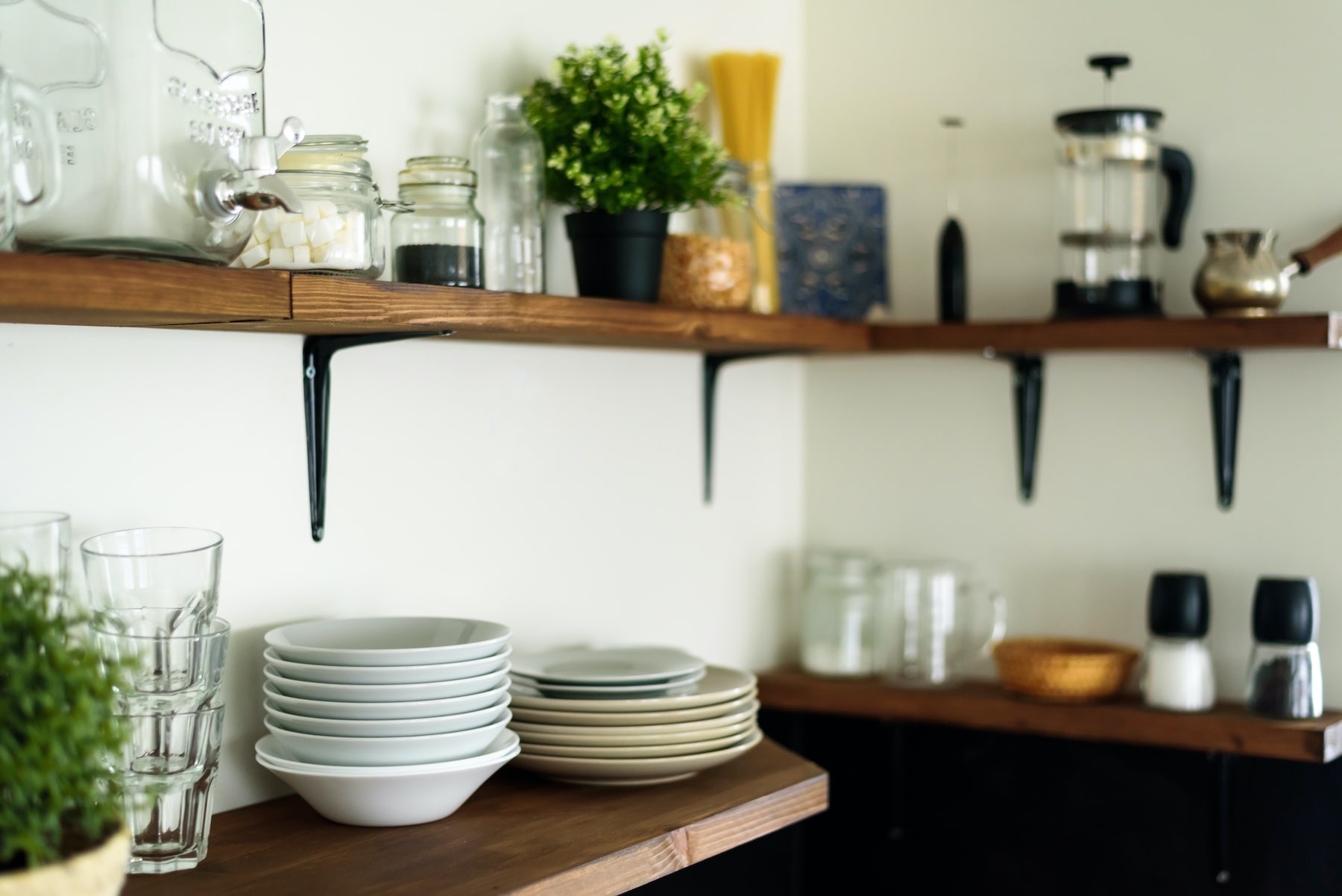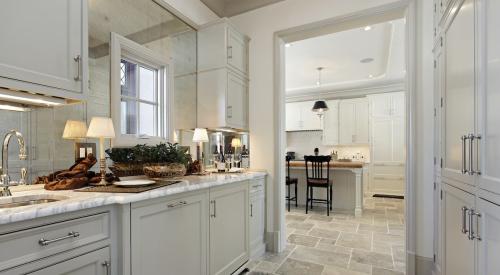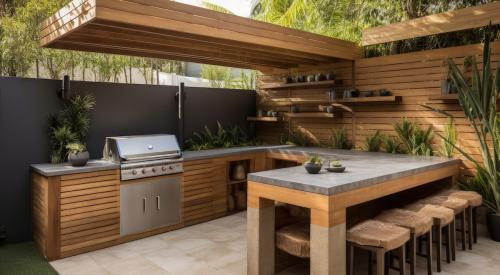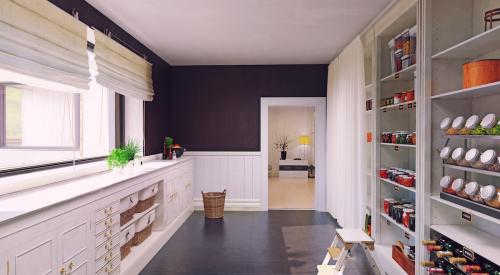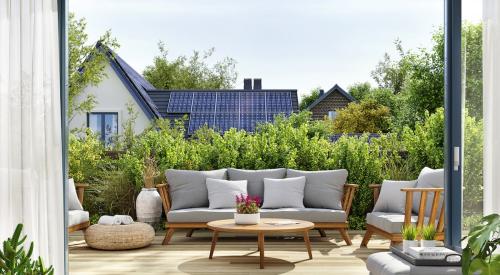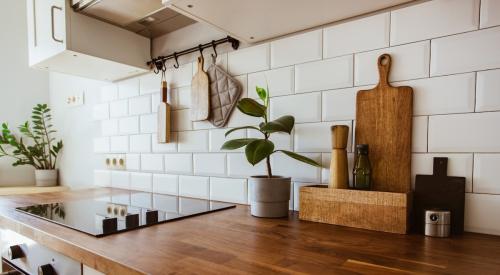You’ve seen those beautiful soaking tubs sitting in the middle of the spa bathroom that are the perfect eye candy for photo shoots. But try stepping in and out of those deep fixtures with wet feet and hands without a handhold or by grabbing faucets that are not designed for such a maneuver.
Jamie Gold, a wellness design consultant and certified wellness coach, puts her finger on five more popular design trends that can put residents' safety and wellness at risk. She also recommends tweaks to reduce the hazard potential.
For example, open shelving creates a few wellness challenges. First, they limit what can be stored on them to more decorative items, limiting the room’s capacity – particularly in its key work zones — for more essential items that should be close to the appliances or fixtures where they’ll be used for functionality.
Second, they create an extra cleaning chore, as whatever sits on them is subject to dust and kitchen splatter. (This is especially true in cooking zones around the range or stovetop.) Third, for the style-forward homeowners who choose open shelves, there will be constant pressure to keep their contents looking just so, (and no one needs that extra stress, however trivial).
Wellness Modification
Rather than placing open shelves in a kitchen’s key work zones, they can be located in a different area of the room (or home) where they won’t impact functionality. Glass-front cabinets are an alternative for displaying pretty dishes and glasses. These are often far enough from the cooking zone that splatter isn’t a risk and related chore.
